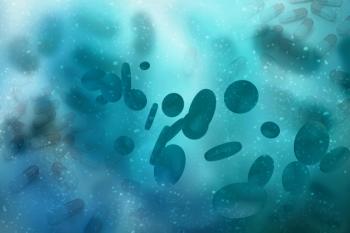
Oncology NEWS International
- Oncology NEWS International Vol 5 No 10
- Volume 5
- Issue 10
Why Don't Patients With Pain Become Addicted to Morphine?
GLASGOW-Pain specialists continually stress the message that clinicians should not fear prescribing adequate doses of opioids for pain patients, since such patients are not at risk of becoming "addicted."
GLASGOW-Pain specialists continually stress the message that cliniciansshould not fear prescribing adequate doses of opioids for painpatients, since such patients are not at risk of becoming "addicted."
Now a study from the University of Glasgow confirms what painspecialists intuitively know: Pain patients do not become psychologicallydependent on drugs because they are taking narcotics to relievetheir pain and for no other reason; drug abusers, on the otherhand, use narcotics strictly for mood alteration or to inducesleep.
The researchers surveyed three groups who were receiving narcotics:cancer pain patients (14 subjects), patients with chronic nonmalignantpain (27 subjects), and drug addicts enrolled in a methadone maintenanceprogram (30 subjects).
The cancer pain patients had been using opioids for a mean of6 months; the chronic pain patients for 2.2 years; and the drugabusers for 13 years. Median daily morphine equivalent doses weremuch higher in the cancer patients (1,320 mg) than in the chronicpain patients (700 mg) or the drug abusers (160 mg).
Patients' drug use and reasons for varying the dose were recordeddaily for a week, then weekly for a month, then once monthly for3 months, via structured questionnaires and semi-structured interviews,Dr. Marie Fallon, of the Division of Palliative Medicine, reportedin a poster session at the 8th World Congress on Pain in Vancouver.
The results showed that pain patients are not psychologicallydependent on strong opioids. "They have a need to use themfor pain, and when that pain isn't there, they basically don'tneed them," Dr. Fallon said.
The cancer pain patients reported taking extra opioids when theirpain was poorly controlled, and the chronic pain patients saidthey took extra doses when pain was more distressing, but, Dr.Fallon said, the drug abusers' use of extra narcotics beyond whatthey were getting in the maintenance program appeared to be basedon drug availability.
Articles in this issue
about 26 years ago
Anesthetic Interventions Rise When Anesthesiologists Join the Pain Teamabout 26 years ago
Worldwide UN Survey Shows Many Impediments to Morphine Availabilityabout 26 years ago
Case-Based Pain Curriculum Used in Canadian Schoolsabout 26 years ago
Pain Descriptions May Predict Presence of Neuropathic Painabout 26 years ago
Neurotoxicity Related to High-Dose Opioid Therapy Can Be ManagedNewsletter
Stay up to date on recent advances in the multidisciplinary approach to cancer.
















































































